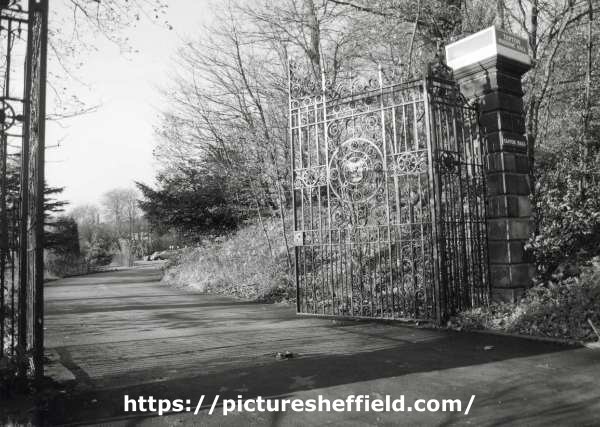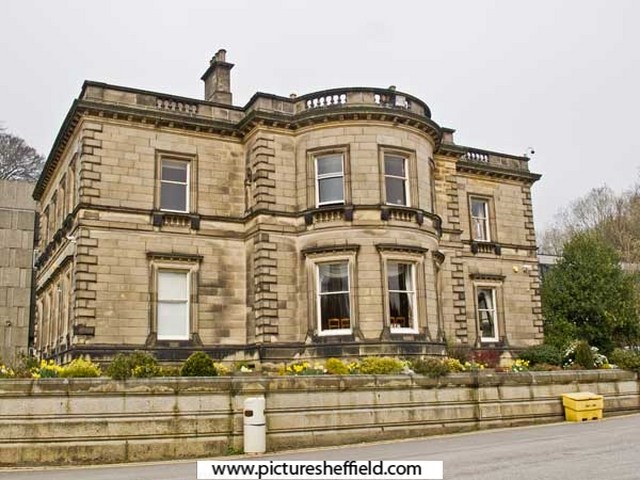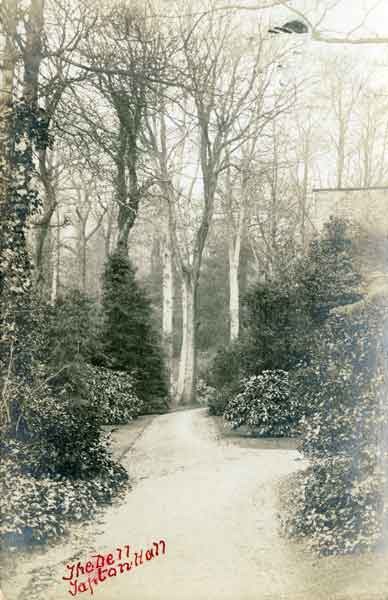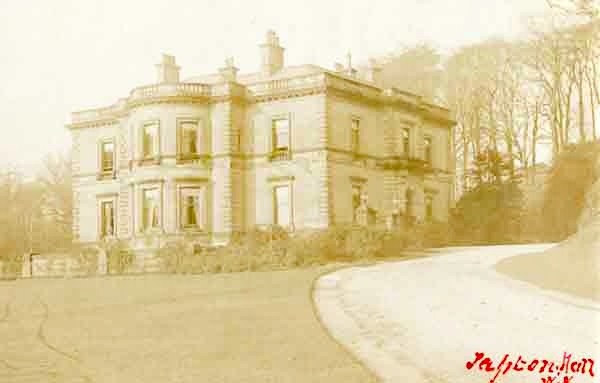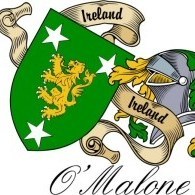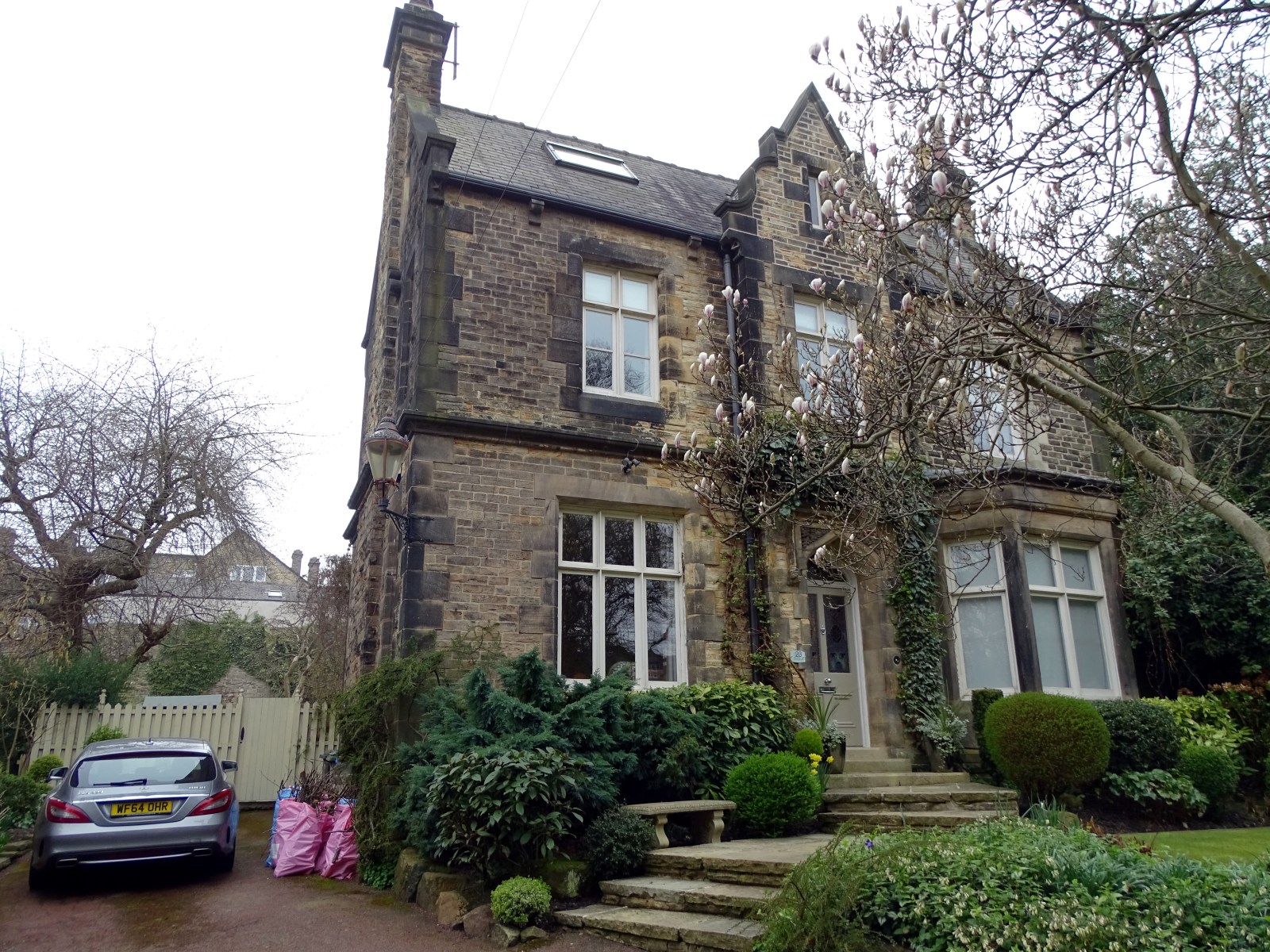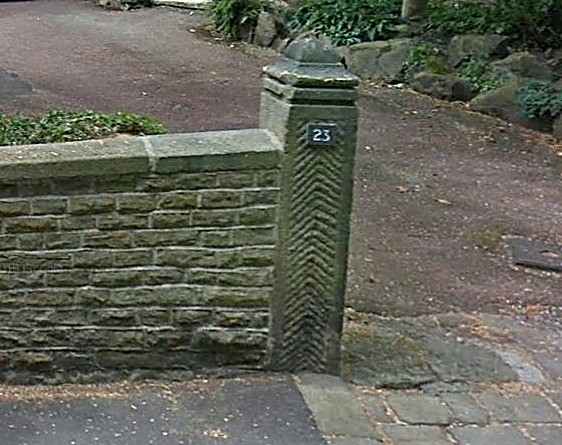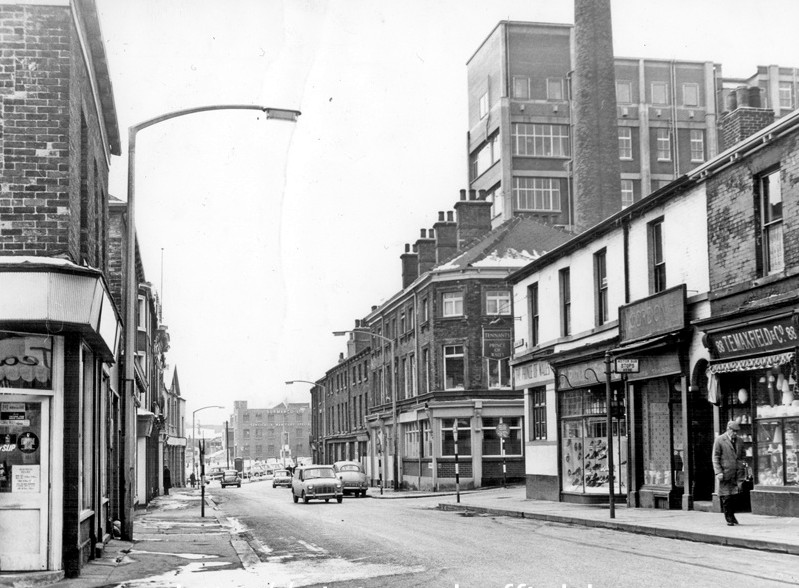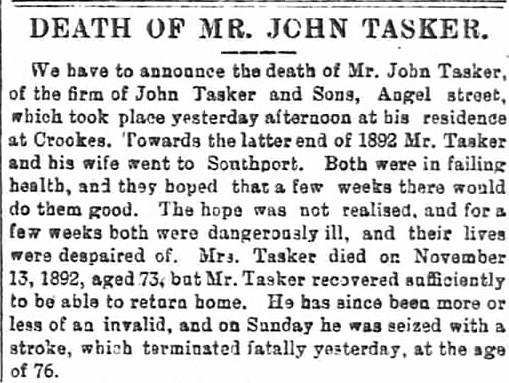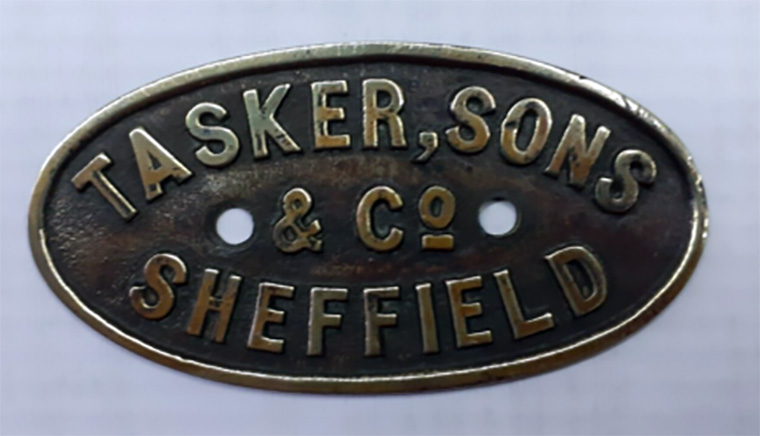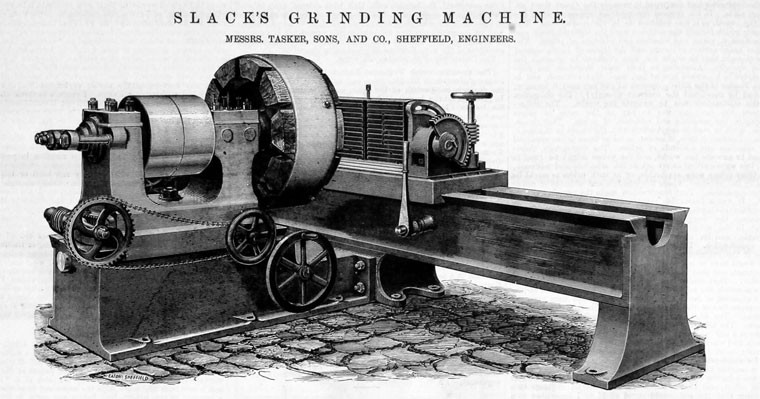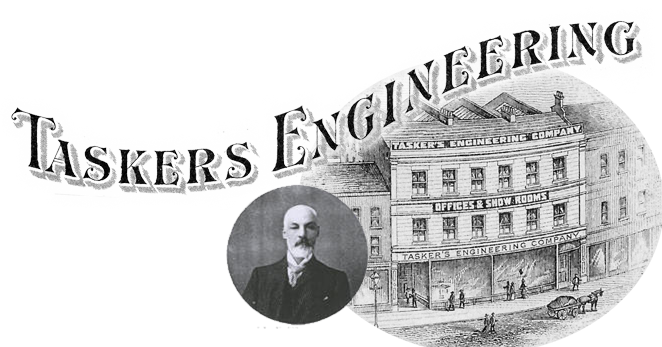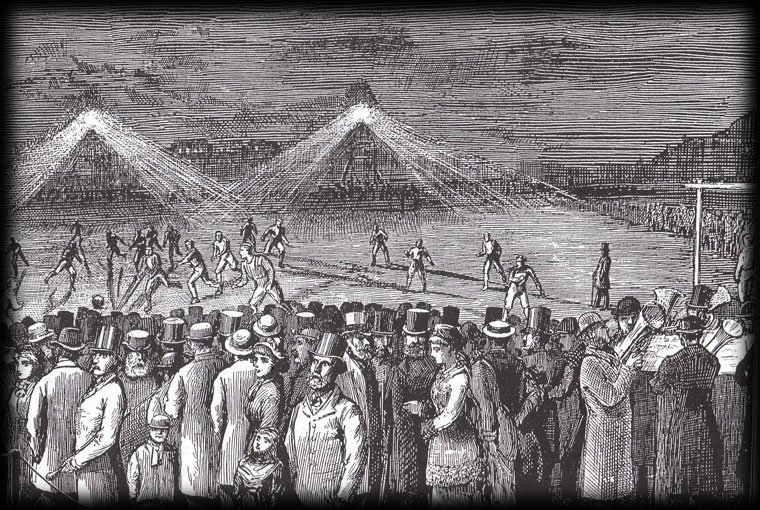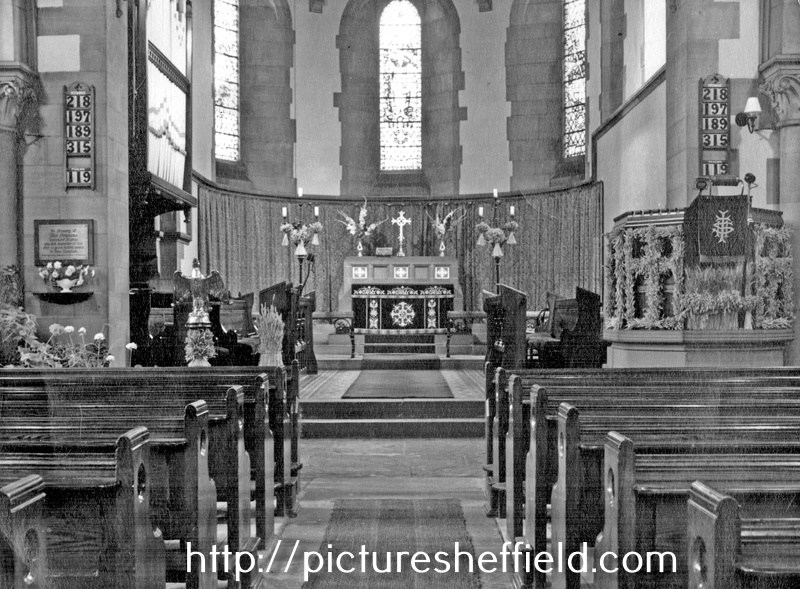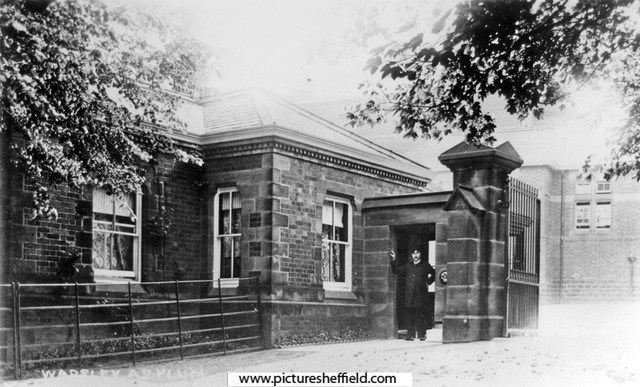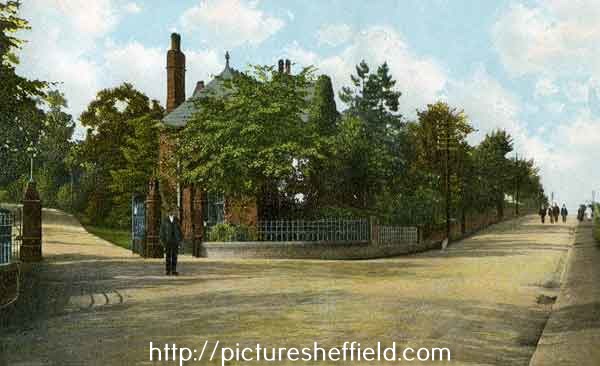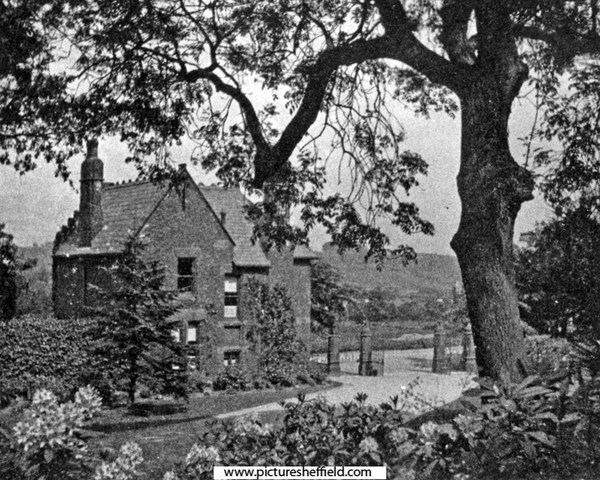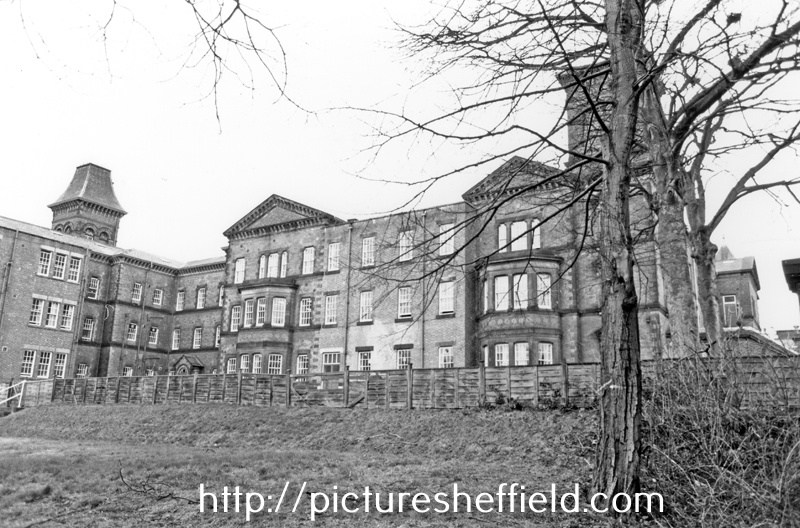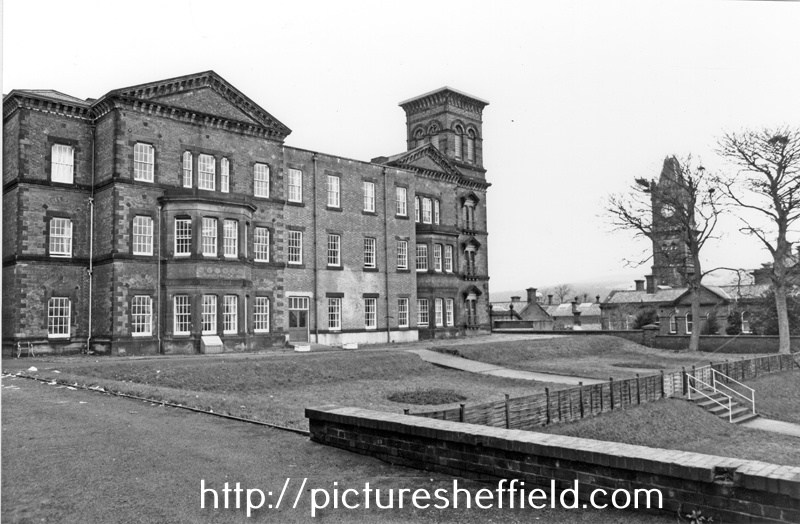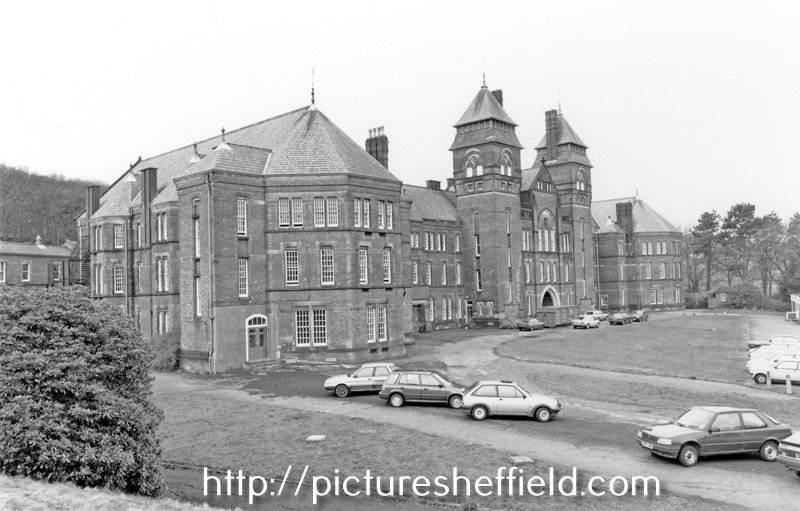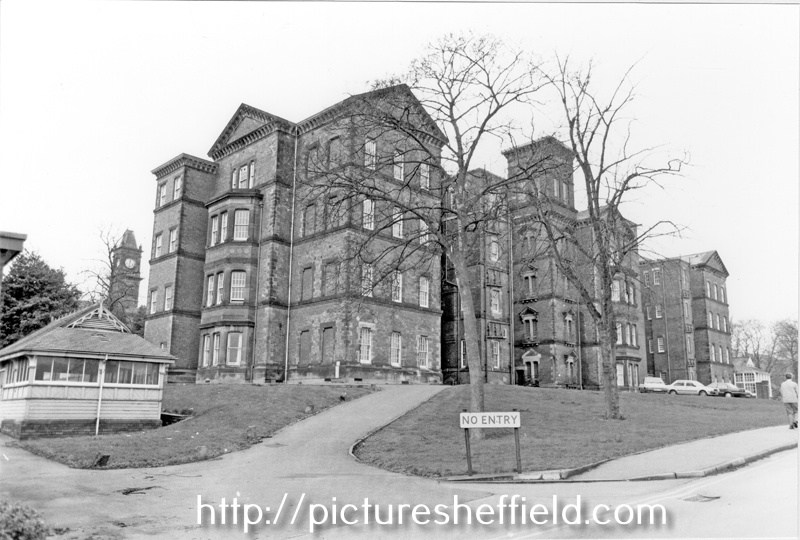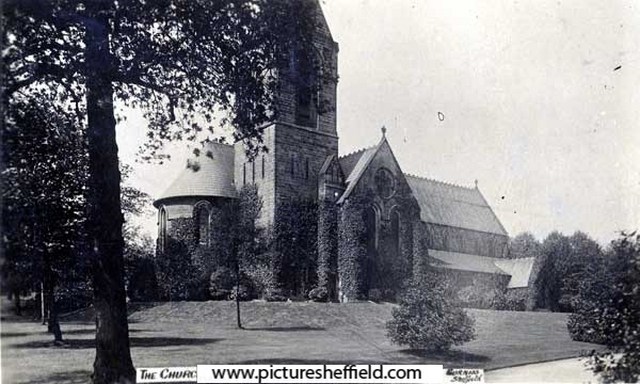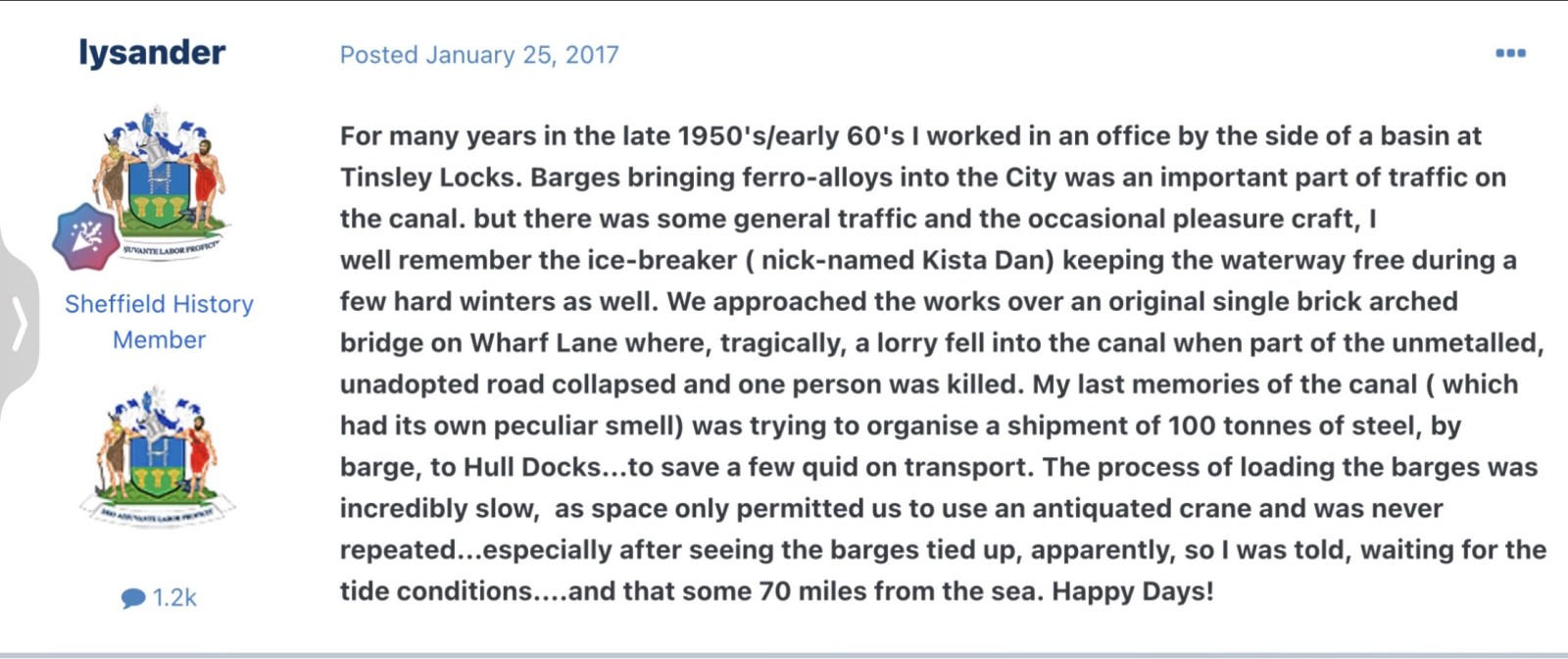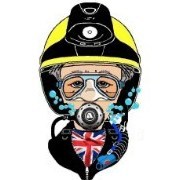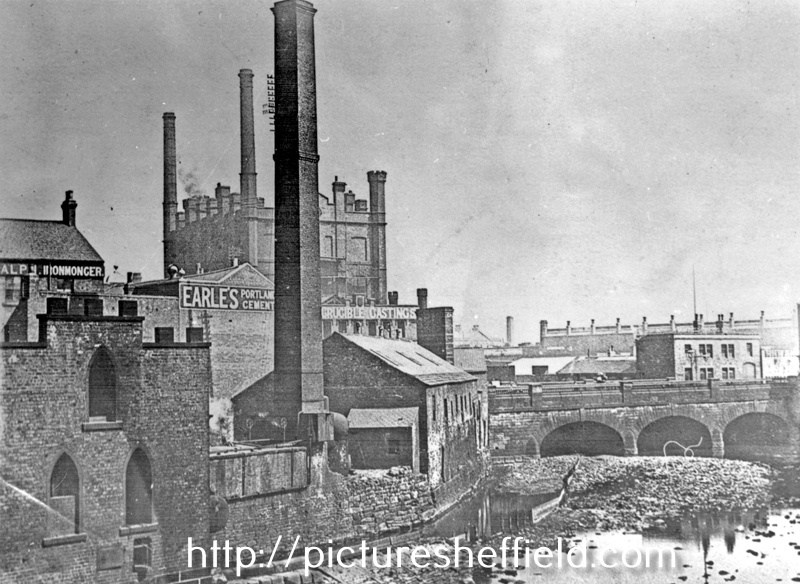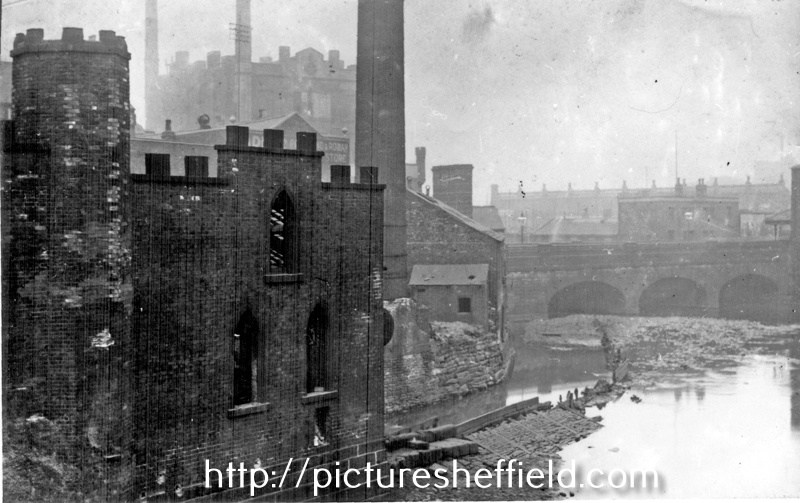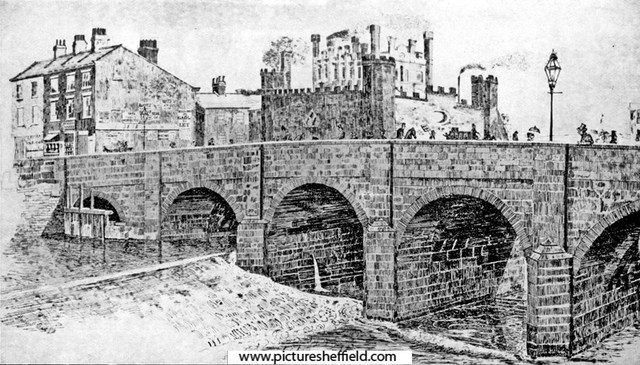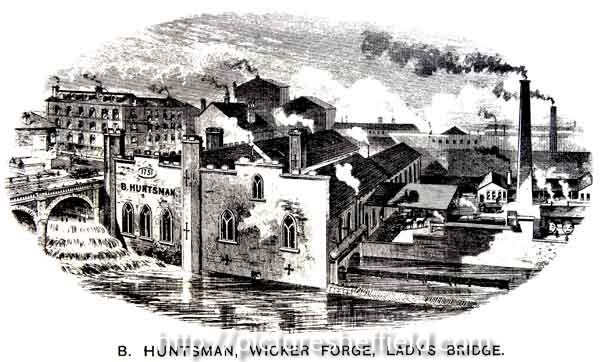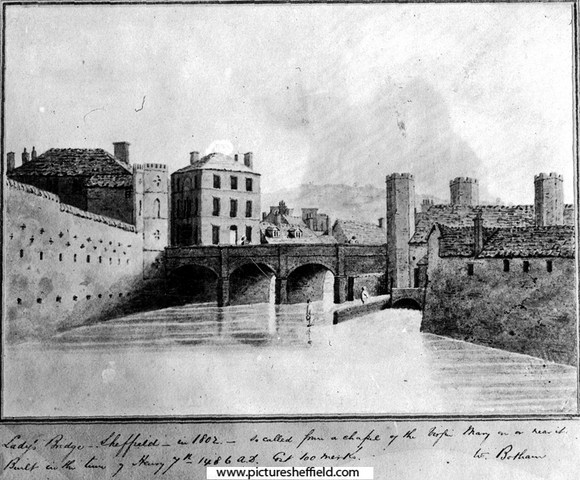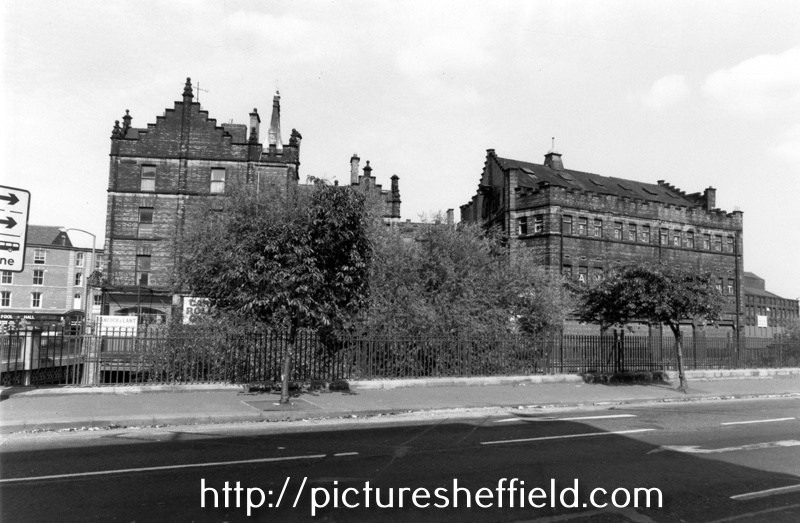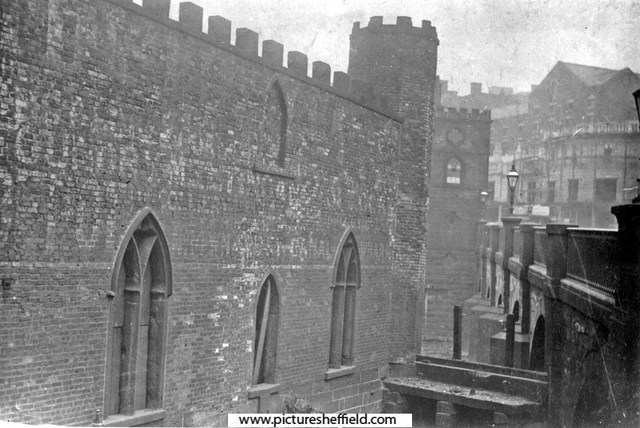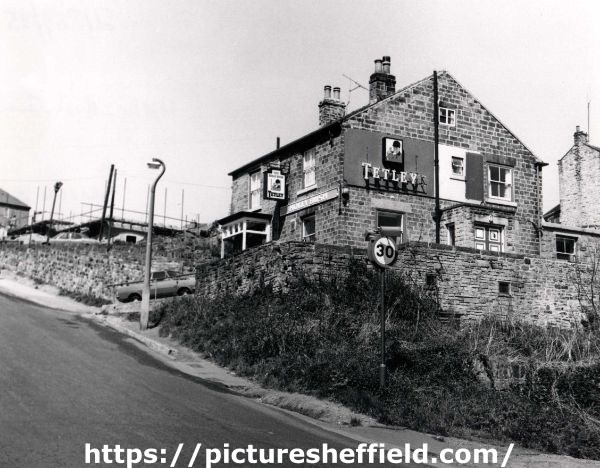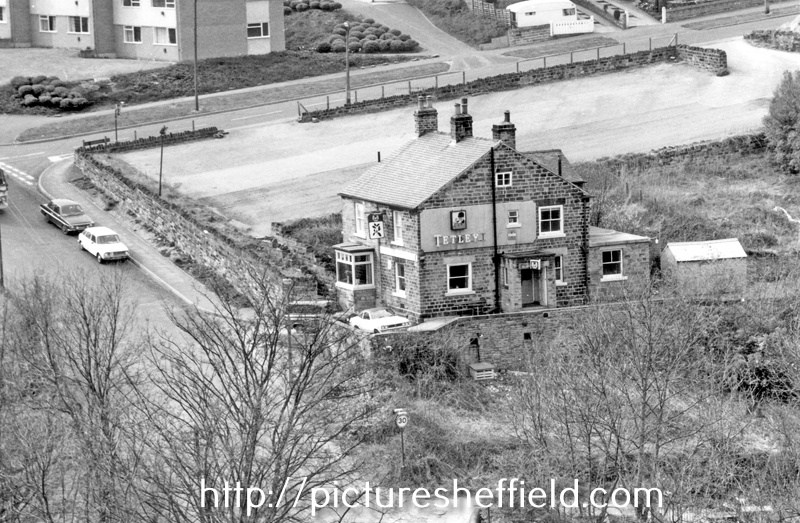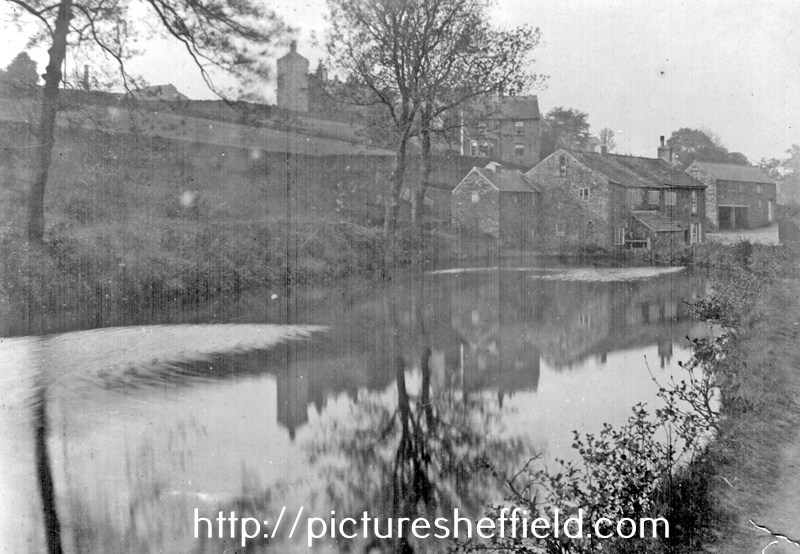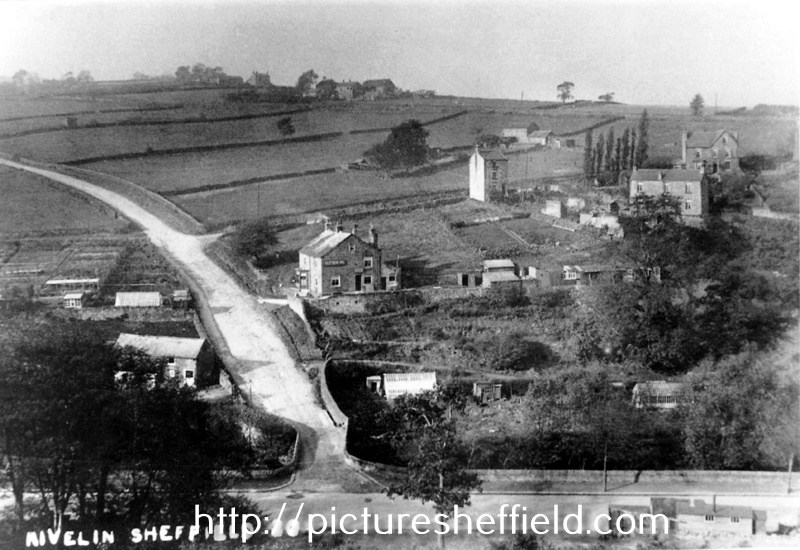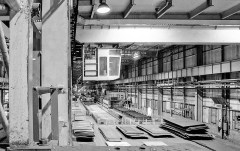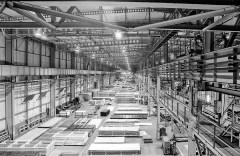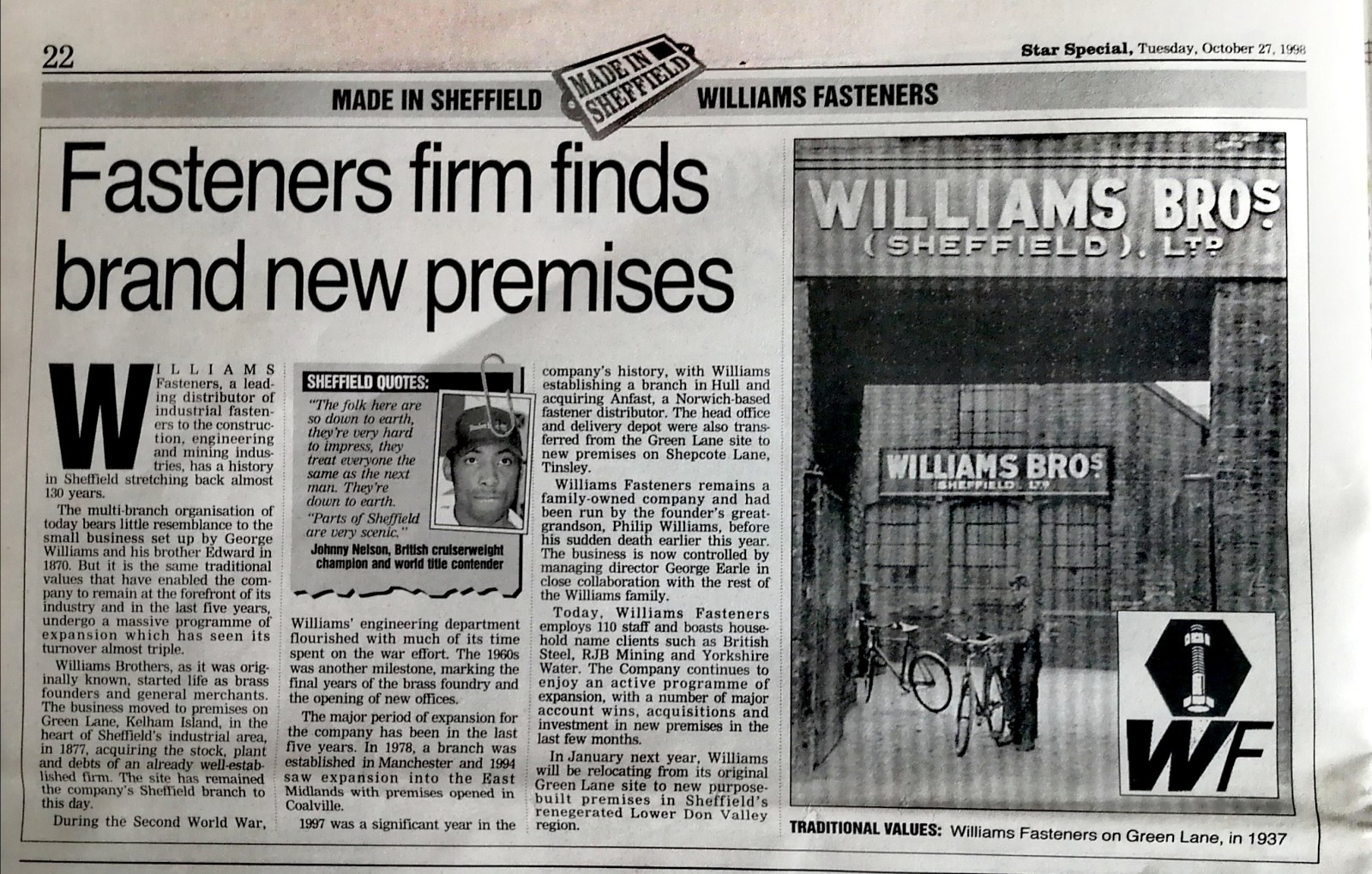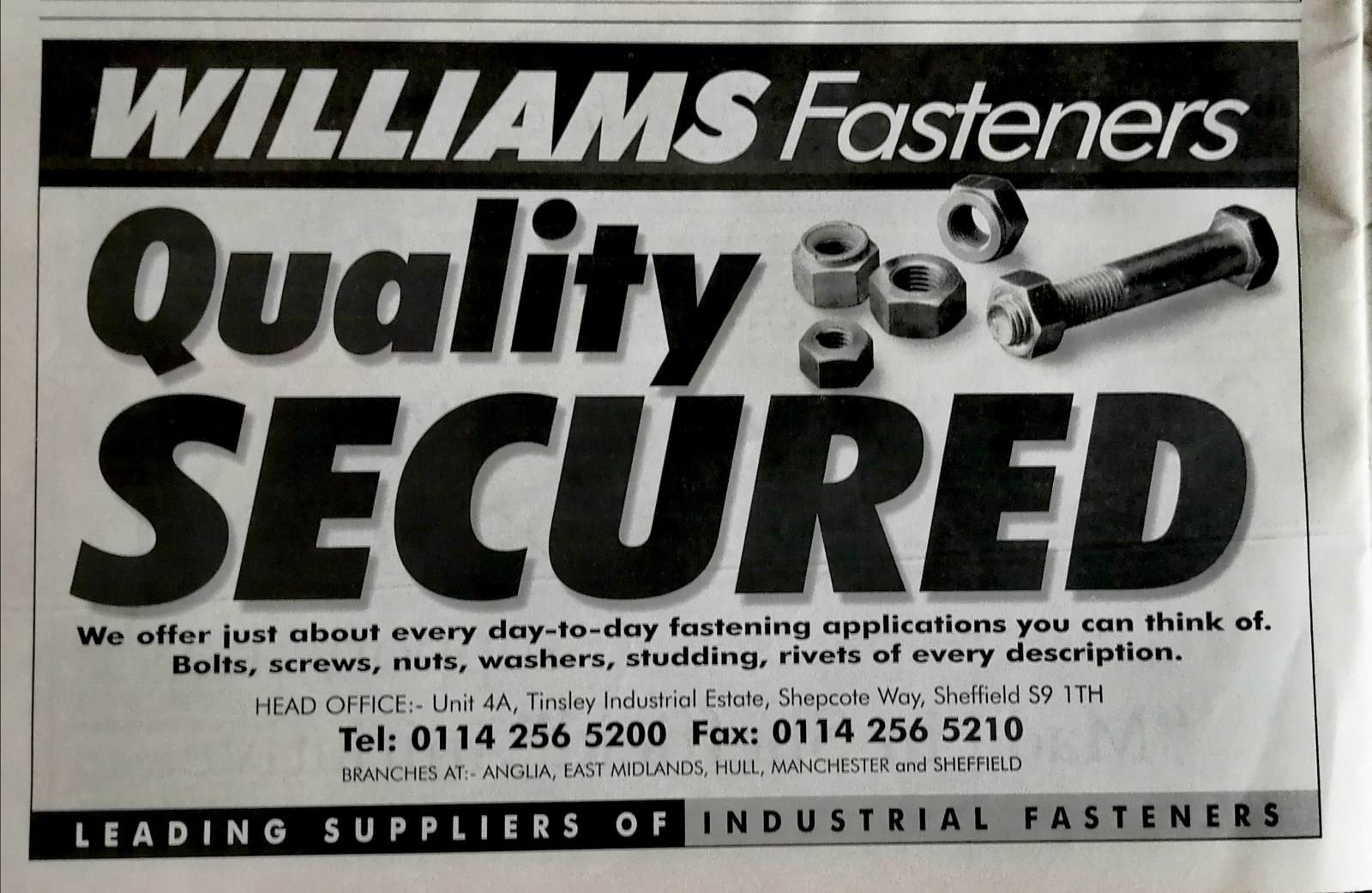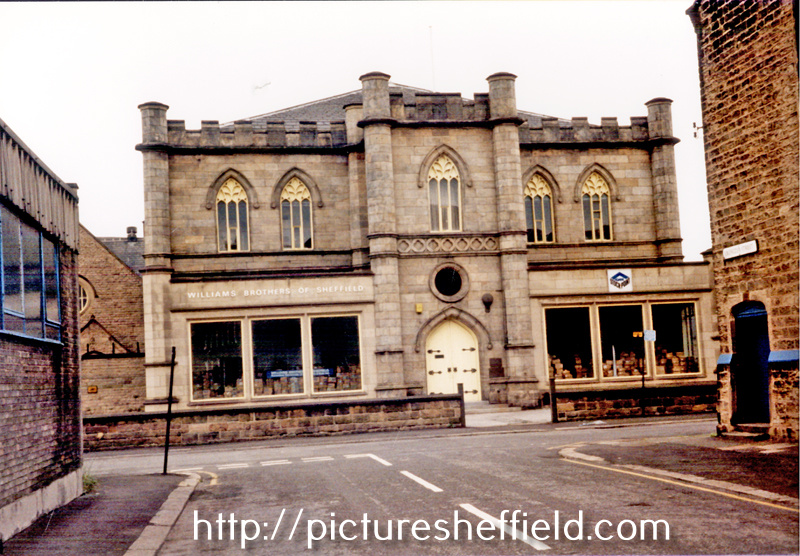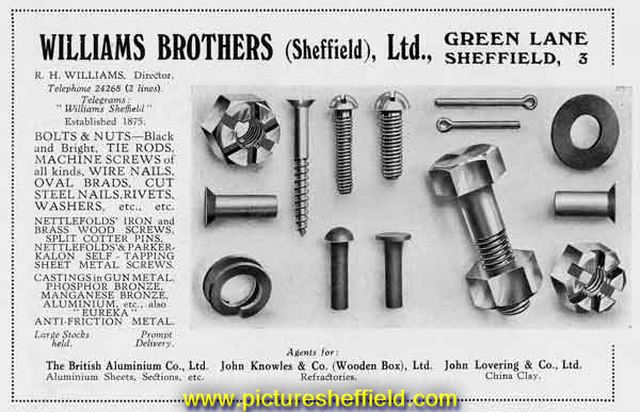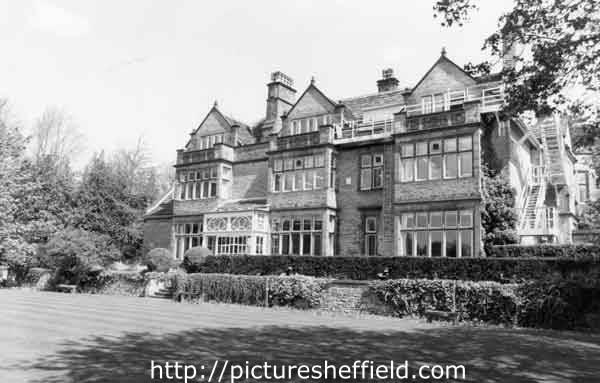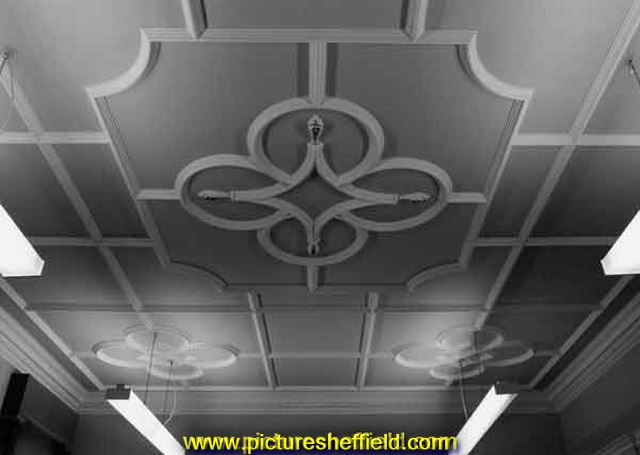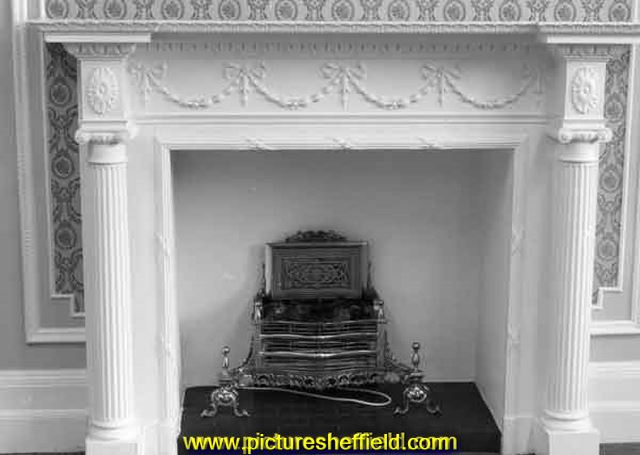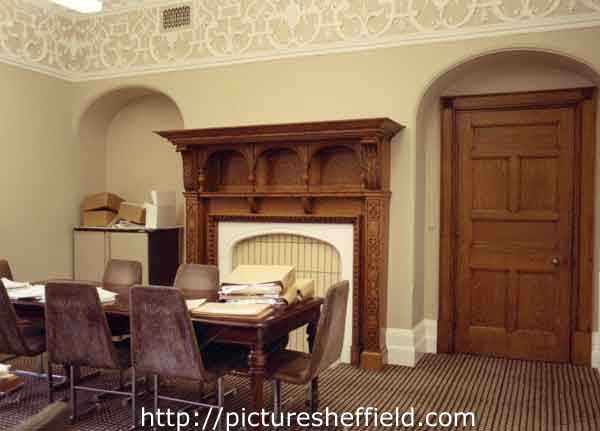Search the Community
Showing results for 'coal pit lane'.
-
Steel workers Pub, bottom of Shepcote Lane.
-

What does "main" mean in a colliery name ?
Ponytail replied to JS2021's topic in Sheffield History Chat
Hickleton Main Coal Co. https://www.nmrs.org.uk/mines-map/coal-mining-in-the-british-isles/yorkshire-coalfield/doncaster/hickleton/ Manvers Main Colliery. https://www.nmrs.org.uk/mines-map/coal-mining-in-the-british-isles/yorkshire-coalfield/doncaster/manvers/ Yorkshire Main Colliery. https://www.nmrs.org.uk/mines-map/coal-mining-in-the-british-isles/yorkshire-coalfield/doncaster/yorkshire/ Rossington Main Colliery. https://www.nmrs.org.uk/mines-map/coal-mining-in-the-british-isles/yorkshire-coalfield/doncaster/rossington/ -
Gates at the entrance to Tapton Masonic Hall, Shore Lane. 19th November 1987. u12334 Interior of Masonic Hall, Tapton Hall, Shore Lane. 4th September 1999. https://www.picturesheffield.com/frontend.php?keywords=Ref_No_increment;EQUALS;u10053&pos=7&action=zoom&id=71205 https://www.picturesheffield.com/frontend.php?keywords=Ref_No_increment;EQUALS;u10054&pos=8&action=zoom&id=71206
-
Tapton Hall, Shore Lane., 21st March 2012. c04059 Photographer Alex Ekins. Grade II Listed Tapton Hall, was built in 1855 for Edward Vickers by William Flockton on the site of Tapton Grove, home of the Shore family. Built by Joseph Badger, the Grove was bought by Sheffield banker William Shore in 1790, who enlarged it. William & his wife Mary, nee Evans, were the Grandparents of the famous Florence Nightingale (Mary was the daughter of Anne Evans nee Nightingale). William & Mary's son, William Edward Shore on his coming of age, his Gt. Uncle Peter Nightingale's estate at Lea Hurst, Derbyshire, there after he assumed the 'Nightingale' name & Arms. He married Frances Smith in 1818 and had two daughters, Frances Parthenope b.1819 and Florence b.1820. William Shore died in 1822, and Mary in 1853, after which the Grove was bought by Robert B Mitchell who then sold it on in 1855. Information: S. Hedges. Converted to a Masonic Hall 1966, extension built by Hadfield, Cawkwell and Davidson 1968. p01057 These images were originally part of the Tim Hale Photographic Collection. It was purchased at auction in September 2019 through donations from members of the public and a grant from the Graves Trust. The Dell, Tapton Hall, Shore Lane. p01229
-
The gate post in the photograph can be found on Taptonville road, In the year 1879 Mr John Tasker was the resident, John Tasker was born in the county of Devon in 1819, by trade he was a boot & shoe maker, I couldn’t say what made John Tasker to up sticks and move to Sheffield, everybody needs shoes or boots, I would have thought coming here had better opportunities than living in a rural area of Devon, in the 1825 directory of Sheffield, John can be found as a shoe maker at number 2 Pond Hill, in the 1833 directory he’s still at the same address but he’s also living there too. His boots and shoes seem to have been very well made as by 1849 he’s listed at 88 Division Street, bigger premises and a bigger order book, just a year before his wife Emma gave birth to John Jnr, by 1851 John was employing 6 men, his family now had grown and along with his wife Emma 31, they had daughter Adela 5, son John Henry Royle 2 and baby William 2 months old. 1862 saw John listed as follows, India rubber & gutta percha merchant and worker, plumber, & patent pump manufacturer, at 32 Angel street, he in fact introduced gutta-percha and India rubber to Sheffield, from his premises on Angel Street, he had progressed to supplying leather drive belts for the many factories in the town, it was around this time he started to the engineering side of the business, which took off at an alarming rate, so much so they moved to larger premises on Station Road and eventually became Tasker`s Engineering Co, I should imagine fifteen year old John Jnr was now working alongside his father learning the business, as proof of his success he moved into 23 Taptonville Road around 1877. The same year he established one of the first telephone exchanges in the provinces, at his Angel Street store; this became the Sheffield Telephone Exchange but demand was slow to build up, 1875 saw him installed as the Mayor of Sheffield. In the true pioneering spirit he then continued to involved himself in telecommunications and his Angel Street store became one of the first telephone exchanges in the provinces. Becoming a name of importance in the telephone business he installed private exchanges for Queen Victoria at Windsor Castle and Balmoral. The greater resources of the National Telephone Company overcame the Sheffield Company and this came to a conclusion in 1888. The other private venture (electricity) came to an end when Sheffield Corporation purchased the electricity undertaking in 1898. Sadly his beloved wife, Emma, died in 1892, the same year he retired, John died at his home in Lawson Road just three years later. On the 14th of October 1878, John Tasker instigated the very first football match under floodlights anywhere in the world, the match was between Sheffield F.C. and Hallam F.C. to the delight of the committee the attendance was over 12,000 and the gate receipts amounted to £300, some say the crowd was nearer 20,000, many of whom climbed over the fence, the lights were more exciting than the match which ended in a boring 0-0 draw In fact the craze for floodlit football was short-lived it was ten years later in 1888 when it took off again and that was due almost entirely to the development of what was known as the Wells Lamp which was to prove both a reliable and effective source of illumination. But to go back to the first game at Bramall Lane. I quote from Chris Hobbs website “The consensus was that the event had been a great success. - the gate at Bramall Lane that night was the highest ever for an association match in England but it must be noted that a fair proportion of the crowd were there to witness the artificial lighting and not the football. There is no doubt that the success was due to the careful planning and preparation of the event - the game coincided with a full moon providing a modicum of natural light - and the weather for once that autumn was favourable. The other factor that cannot be under-estimated is that the lighting was provided and arranged by a Mr John Tasker Sons and co of Angel Street Sheffield who were already forerunners in this new field of electricity”. Adaptability, was John Tasker`s motto, and he turned his hand to almost anything from the invention of a bouncy ball to a way of mending galoshes using India rubber. His involvement with rubber opened his eyes to electricity via wire insulation, and he was particularly intrigued by the phone, once Graham Bell's invention arrived in England. This prompted him to open Sheffield's first telephone exchange with just 12 subscribers, using the Williams sliding spring-peg switchboard. The telephone was just one element in Tasker's appetite for all things electric. He also helped build Sheffield's first power station and electricity supply network. A contemporary of John Tasker described him as The short, rather ungainly figure, so well-known in the centre of the city in the 'seventies and 'eighties, gave no indication of the busy, active brain which governed it, but a glance into Mr. John Tasker's keen eyes revealed something of the indomitable will, the almost dauntless courage which spurred him on to researches which have left undying marks on the story of Sheffield's progress. Today Tasker’s Engineering are one of Britain’s leaders in their field specialising in hydraulics based at Roman Ridge Road, a world away from making boots and shoes by hand.
- 1 reply
-
- 1
-

-
The Coal Viewer and Engine Builder's Practical Companion, by John Curr of Sheffield. Quite a difference in Price! https://www.amazon.co.uk/Viewer-Builders-Practical-Companion-Sheffield/dp/1379973619 https://www.forumauctions.co.uk/61/Curr-John-The-Coal-Viewer-and-Engine-Builder-39s-Practical-Companion-only-edition-Shef/1?view=lot_detail&auction_no=1002 https://www.michaelkemp.co.uk/products/author/JOHN CURR, of Sheffield Or download: https://archive.org/details/bim_eighteenth-century_the-coal-viewer-and-eng_1797
-
A plan of two Closes held under the Duke of Norfolk by Benjamin Roebuck, with Silvester Wheel [Sylvester Wheel] and the adjoining Damms (sic) and Gardens in John Wilson's possession, [c. 1760-1770] https://www.picturesheffield.com/frontend.php?keywords=Ref_No_increment;EQUALS;arc03285&pos=87&action=zoom&id=98446 Upper and Lower Dams, Wheel and Weirs clearly shown; includes two closes to the north of the dams; numerical list with tenants, descriptions and acreages; coloured, on parchment. Sylvester Wheel and the closes to the south (these closes adjoin those in the section above; the wheel was on the Porter Brook near modern Sylvester Street). (Alsop Lane, Earl Lane, Earl Street, Eyre Street, Jessop Lane, Jessop Street, Sylvester Street) Silvester Wheel with the Dams and Appurtenances held of the Earl of Surrey by John Wilson. 1784. https://www.picturesheffield.com/frontend.php?keywords=Ref_No_increment;EQUALS;arc03286&pos=88&action=zoom&id=98447 Wheel, Dams and Gardens clearly shown; measurements of gardens Sylvester Wheel and the closes to the south (these closes adjoin those in the section above; the wheel was on the Porter Brook near modern Sylvester Street). A plan of the Stand Ley Closes, etc. 1790. https://www.picturesheffield.com/frontend.php?keywords=Ref_No_increment;EQUALS;arc03414&pos=92&action=zoom&id=98650 The closes adjoining those shown in arc03415 with an outline of the Sylvester Wheel and Dams; Tenants and acreages given. (St. Mary's Road, Charlotte Road, Clough Road, Clough House Lane, Hereford Street, Sylvester Street, Mary Street, Midland Lane, Margaret Street, Shoreham Street) [Sylvester Wheel and the closes to the south (these closes adjoin those in the section above; the wheel was on the Porter Brook near modern Sylvester Street] Plan of the Duke of Norfolk's land in Alsop Fields and at Sylvester Wheel divided into lots for sale. 1804. https://www.picturesheffield.com/frontend.php?keywords=Ref_No_increment;EQUALS;arc04029&pos=64&action=zoom&id=103259 The plan shows the plots bought and the later building schemes. Shows Hereford Street, Cumberland Street, Jessop Street, Silvester Street [Sylvester Street], Arundel Street, Furnival Street, Porter Lane, Eyre Street, Duke Street, [Porter Brook], new cut, lsquo;old course of the river rsquo;, bridge, wear [weir]. Refers to Thomas Holy, George Rhodes, Joshua Holdsworth, John Watson, James Bean, Isaac Smith, Robert Mills, William Tyson, Ann Fox, Joseph Waterhouse, Michael Riley, Sarah [Broomhouse?], Edward Maden / Madin, Samuel Kirkby, John Gillott, Malin Gillot, William Howson, Dr. Firth, [?R. Cindell], E. W. Drury, John Hornden, M.D., Thomas Warburton, Joseph Herrings, George Prior, William Littlewood, Joseph Smith. Plan of certain freehold land near Sylvester Wheel, the property of Thomas Holy. 1831. https://www.picturesheffield.com/frontend.php?keywords=Ref_No_increment;EQUALS;arc04273&pos=75&action=zoom&id=105747 Marked: Sylvester Street, Sylvester Wheel, River Porter, upper dam, lower dam, land sold to Earl Fitzwilliam, Ellin Lane, tail goight, Arundel Street, Arundel Lane, Jessop Street, Eyre Lane, and Earl Street.
-
Built in 1872 as South Yorkshire Asylum; 1889-1929 The West Riding Asylum, Wadsley; Converted Spring 1915 into Wharncliffe War Hospital; 1930-1948 known as Wadsley Mental Hospital; 1948-1959 Middlewood (Mental) Hospital; 1959-1972 Middlewood (Psychiatric) Hospital. For more information see: Middlewood Hospital 1872-1972, Thorpe. Local Studies Ref: 362. 209 S. South Yorkshire Asylum - Plan of Estate. https://www.picturesheffield.com/frontend.php?keywords=Ref_No_increment;EQUALS;arc01407&pos=7&action=zoom&id=65677 Shows: Hospital Buildings, including Female and Male Wings, Administrative Block, Nurses' Residence, Laundry House and Dining Hall, as well as Airing Courts, Drying Green, Boiler buildings, Wood and Masons' Yards, Farmery, Kitchen Gardens, Isolation Hospitals (2), Church, Nursery, Gardener's Lodge and Entrance Lodge. The extent of the estate shown is bounded by irrigation land and the River Don to the north north east, Worrall Lane to the west south west, land belonging to Elijah Eaton and Mr. Newton to the north, and land belonging to Messrs. Brooke and Sons, the Trustees of George Miller, and Mr. Fowler to the south. Whilst the date of the plan is unclear, the layout of the buildings shown correspond to a period covering approximately 1889-1901. The name West Riding Asylum was used between 1889 and 1929, and it is known that a second dining hall for women, adjacent to the female detached block, was built in 1901. This hall is not shown on the plan. Printed by Pawson and Brailsford, Sheffield. Scale: 1 inch : 22 yards. Four sections pasted together. Original at Sheffield City Archives X71/2/1. Asylum Entrance Gates & Middlewood Road. t08535 The Gate, looking towards Middlewood Road. s05403 Asylum Lodge. s05404 Kingswood Block, Wards 9 - 13, February 1990.s23410 Queenswood Block Wards 25-28 with Clock Tower Administration Block in the background. February 1990.s23414 South Yorkshire Asylum, Wadsley Park- Basement Plan. Feb. 1875. https://www.picturesheffield.com/frontend.php?keywords=Ref_No_increment;EQUALS;arc07350&pos=179&action=zoom&id=106493 Marked: tailor's shop, shoemaker's shop, attendant's rooms, scullery, wc, shoe rooms, dormitories, single room, day room, ashes, coal, lavatory, bath room, dressing rooms, etc. South Yorkshire Asylum - Workshops (boilerhouse, Bakehouse, Brewhouse, Weaving Shed etc.) Plan and Section. 7th Jan. 1871. Architect: Bernard Hartley. https://www.picturesheffield.com/frontend.php?keywords=Ref_No_increment;EQUALS;arc07351&pos=177&action=zoom&id=106489 Marked: smith's shops, boiler house (with boilers), bake house (with ovens), brew house, plumber, weaving shed, joiner's shop, bread store, malt [store], painter, yard, carpenters' shop, timber yard, urinals; bookbinder, upholsterer, hair picking room, mason's shed and old metal [store]. South Yorkshire Asylum - Washhouse, Laundry, etc., Plan and Sections, c.1871. https://www.picturesheffield.com/frontend.php?keywords=Ref_No_increment;EQUALS;arc07352&pos=178&action=zoom&id=106491 Marked: laundry, yard, drying closet, wringing machines, troughs for hand washing, washing wheel, copper, stock for rough clothes, rinser of galvanised iron, W.C.s and urinals, engine, bevel wheels, stone heeping pits, ironing stove, cold air flue, sorting and folding room, office, women's distribution room, hot water cistern proposed over engine house, women's lobby, women's receiving room, men's distribution room, men's lobby, men's receiving room. South Yorkshire Asylum - Laundry Residence Ground Plan, 1884. https://www.picturesheffield.com/frontend.php?keywords=Ref_No_increment;EQUALS;arc07353&pos=181&action=zoom&id=106546 Marked: day room, scullery, kitchen, W.C.s, nurse, buckets, single rooms, dormitory, bath room, dressing room, etc. South Yorkshire Asylum - Laundry Residence Chamber Plan, 1884. https://www.picturesheffield.com/frontend.php?keywords=Ref_No_increment;EQUALS;arc07354&pos=180&action=zoom&id=106541 Marked: dormitory, stores, W.C.s, nurse, single rooms, bed room, and single rooms. South Yorshire Asylum - Male Block, Second Floor, c.1908. https://www.picturesheffield.com/frontend.php?keywords=Ref_No_increment;EQUALS;arc01414&pos=170&action=zoom&id=66496 Proposed Adaptation of Recreation Hall for Cinematograph Entertainments. 1924. https://www.picturesheffield.com/frontend.php?keywords=Ref_No_increment;EQUALS;arc01413&pos=58&action=zoom&id=66495 Proposed Hospital for Tuberculosis Patients. 1925. https://www.picturesheffield.com/frontend.php?keywords=Ref_No_increment;EQUALS;arc01415&pos=59&action=zoom&id=66497 Sanitary Accommodation for Ward 23. 1925 https://www.picturesheffield.com/frontend.php?keywords=Ref_No_increment;EQUALS;arc01410&pos=55&action=zoom&id=65680 Southwood Block Wards 14-24, February 1990.s23409 Ward and Proposed Solarium. Ground Plan & Elevations. 1926 https://www.picturesheffield.com/frontend.php?keywords=Ref_No_increment;EQUALS;arc01419&pos=63&action=zoom&id=66502 Proposed Solarium marked on Estate Plan. 1925. https://www.picturesheffield.com/frontend.php?keywords=Ref_No_increment;EQUALS;arc01412&pos=57&action=zoom&id=66494 Northwood Block, Wards 5 - 8, February 1990. s23413 South Yorkshire Asylum Church Ground Floor Plan showing dimensions and layout of pews to accommodate 631 people. 1873. https://www.picturesheffield.com/frontend.php?keywords=Ref_No_increment;EQUALS;arc01853&pos=175&action=zoom&id=3264 The Asylum Churcht06703 u01197
-

Dixon Lane, bridge over the river.
Ponytail replied to Roger Stevenson's topic in Sheffield History Chat
Plan of part of the town of Sheffield, comprising the site of the present and proposed corn, hay and cattle markets, also various improvements connected with the latter. 1827. https://www.picturesheffield.com/frontend.php?keywords=Ref_No_increment;EQUALS;arc04183&pos=13&action=zoom&id=104936 With illustrations of proposed Corn Exchange, elevation of the houses fronting the new Hay Market, and an elevation of the bridge over the Dun [Don]. Reference a - proposed corn exchange and office, b - erections on each side of Corn Exchange, c - weighing machine, d - row of shops. Inns in the immediate vicinity of the present Hay and Corn Markets 1 George, 2 King’s Head, 3 Angel, 4 Commercial, 5 Yellow Lion, 6 Tontine, 7 Healeys Hotel. The sites of the present Hay, Corn and Cattle markets are coloured red, and proposed are coloured blue. Other improvements are shown in yellow. Marked are: Market Place, Angel Street, Angel Inn, old corn market, King Street, post office, Change Alley, Kings Head, Fruit Market, Market Street, Norfolk Street, John Street, Commercial Inn, Hay Market, Yellow Lion, Pond Lane, Shude Hill, Fish Market, Dixon Lane, Tontine Inn, Castle Folds, Castle Hill, Healeys Hotel, Sheaf Bridge, River Sheaf, canal bridge, proposed Hay market, proposed Corn Market, Broad Street, Canal Basin, Canal Warehouse, market for fat cattle, lean cattle and milch cows, pig market, sheep market, River Dun [River Don], Willey Street, Blonck Street, Wicker, Cattle Market, Ladys Bridge, Bridge Street, Wain Gate, Town Hall, Killing Shambles and Castle Street. Plan of part of the town of Sheffield showing the existing markets, the property of His Grace the Duke of Norfolk, and the projected improvements. 1847. https://www.picturesheffield.com/frontend.php?keywords=Ref_No_increment;EQUALS;arc04187&pos=14&action=zoom&id=104946 Marked: Change Alley, Norfolk Street, Bakers Hill, Pond Lane, Market Street, Shude Hill, present Shambles, King Street, Old Hay Market, Angel Street, Post Office, Castle Street, Snig Hill, Town Hall, Waingate, Killing Shambles, Castle Hill, Castle Folds, Dixon Lane, proposed market [Norfolk Market Hall], River Sheaf, new market ground, fountain, Corn Market, Broad Street, Hay Market, Exchange Street, canal warehouse, Canal Wharf, Canal Basin, Blast Furnace Road, Sheaf Works, Wharf Street, Effingham Street, Maltravers Street, fair ground [fairground], cattle market, River Don, reservoir, Willey Street, Blonk Street, Wicker, Nursery Street, Wicker Lane, Stanley Street, Stanley Lane, Andrew Street, Johnson Street, Walker Street, Manchester Sheffield and Lincolnshire Railway, Midland Railway Station [Wicker Railway Station] and railway station [Bridgehouses Station]. -
I’m currently researching the Sheffield to Tinsley Canal, when researching lock 10 Wharf Lane and the surrounding industries I found a post on Sheffield History dated January 2017 by Sheffield History member Lysander. in that post when writing about Tinsley Rolling Mill a mention was made about a tragic accident involving a lorry. I’ve attempted to find a date for this incident and any other information but to no avail. As I’m a new member I can’t message Lysander and would appreciate any information on this matter. Thank you
-
Further to the Flood Claim of the properties including naming The Steam Clock and the post for Brightside Lane Houses. The Steam Clock: Searched the Flood Archive with "Brightside Lane" Publicans: James Ellis, publican and farmer, Brightside Lane. https://sheffieldfloodclaimsarchive.shu.ac.uk/claimSummary.cfm?claim=3-2659 Thought James Ellis was a possibility until: James Ellis, Farmer & Publican, Midland Hotel, Brightside Lane, Sheffield Injured person: Mrs James Ellis, Landlady, Midland Hotel. https://sheffieldfloodclaimsarchive.shu.ac.uk/claimSummary.cfm?claim=9b-52 If the Building Society didn't own The Steam Clock then this could be The Steam Clock. Robert Laing, publican Record states he is the absolute owner. https://sheffieldfloodclaimsarchive.shu.ac.uk/claimSummary.cfm?claim=5-4517 There are however 14 properties whose address is "Lowe's Buildings" Brightside Lane. The claim on behalf of the Trustees of the Building Society care of Alfred Allott, Prior Court. lists 10 Houses plus 2 houses and shops adjoining a public house known as The Steam Clock. Possibility these are the ones but need to find who was "Lowe". Question still remains: Which one was The Steam Clock? Robert Bailey, Hay and Straw Dealer, of Lowe's Buildings, Brightside Lane. Absolute owner. https://sheffieldfloodclaimsarchive.shu.ac.uk/claimSummary.cfm?claim=4-3928 George Hall, collier. For personal property. https://sheffieldfloodclaimsarchive.shu.ac.uk/claimSummary.cfm?claim=6-5278 Edward Garner, brick layer. For personal property. https://sheffieldfloodclaimsarchive.shu.ac.uk/claimSummary.cfm?claim=6-5280 John Whiteley, labourer. For personal property. https://sheffieldfloodclaimsarchive.shu.ac.uk/claimSummary.cfm?claim=6-5286 John Ward, labourer. For personal property. https://sheffieldfloodclaimsarchive.shu.ac.uk/claimSummary.cfm?claim=6-5287 John Wright, brick maker. For personal property. https://sheffieldfloodclaimsarchive.shu.ac.uk/claimSummary.cfm?claim=6-5553 Aaron Ashmore, hammer drawer. For personal property. https://sheffieldfloodclaimsarchive.shu.ac.uk/claimSummary.cfm?claim=6-5554 John Hammond, brick maker. For personal property. https://sheffieldfloodclaimsarchive.shu.ac.uk/claimSummary.cfm?claim=6-5575 George Wraythby, brick maker. For personal property. https://sheffieldfloodclaimsarchive.shu.ac.uk/claimSummary.cfm?claim=6-5582 Abraham Cutts, labourer. For personal property. https://sheffieldfloodclaimsarchive.shu.ac.uk/claimSummary.cfm?claim=7-5588 Charles Jackson, shop keeper and milk dealer. For personal property. https://sheffieldfloodclaimsarchive.shu.ac.uk/claimSummary.cfm?claim=7-5589 Thorpe Bailey, labourer. For personal property. https://sheffieldfloodclaimsarchive.shu.ac.uk/claimSummary.cfm?claim=7-6229 Richard Shepherd, carpenter. For personal property. https://sheffieldfloodclaimsarchive.shu.ac.uk/claimSummary.cfm?claim=8-6299 Thomas Askworth, brick maker. For personal property. https://sheffieldfloodclaimsarchive.shu.ac.uk/claimSummary.cfm?claim=8-6317
-
Does anyone have any information about the so called 'Dry Cottages' on Trap Lane. We walk quite frequently down Trap Lane and have noticed what appear to be well built steps and wall remains. We were once informed by passers by that there were a number of cottages just up from the Meadow Farm on Whitely Wood Road. They were supposedly not connected to a water supply and so got their name. I tried to find an early map but was unsuccessful. Any ideas?
-
Rentals of the Wicker Wheel start 1581 in Norfolk Estate Rentals, Nether End let to William Newboulde, South End John Beighton. 1604.William Sanders and Thomas Beighton. 1639 & 1641. Smedley and Birley. 1650.William Birley, John Stainforth and William Homer. 1664 & 1670. Birley half the wheel, other half shared by Stainforth and William Stacey. Good records of repairs, notably to the Wicker Weir for which a temporary dam had been constructed in the early c18th while tenanted by Joseph then Mary Webster. 1716. New lease to cutler Benjamin Pearson had the requirement to improve the race, forebay and wheel pit with newly quarried stone. Shown on Goslings 1736 map of Sheffield. Under Pearson tenancy it remained a grinding wheel. 1737. Development by Wilson the successor of Pearson developed two Tilt Forges. 1746. Wicker Wheel is named, but 1748 a nominal rent of 5/- paid for Wicker Tilt indicating a possible expansion on going. 1752. Joseph Wilson a new lease including the Wicker Tilt added to the Wheel & Tilt at Lady's Bridge. The two sites are separted on maps, with the goit to the wheel shown behind buildings on the south east frontage of the Wicker. Information from: "Water Power on the Sheffield Rivers." edited by David Crossley with Jean Cass, Neville Flavell & Colin Turner. 1785. leased to Blonk & Co and again named in the 1794 list. Plan of B. Blonk and Co's Wheel in Castle Orchards, [Furnival Road], 1787 https://www.picturesheffield.com/frontend.php?keywords=Ref_No_increment;EQUALS;arc04189&pos=806&action=zoom&id=104959 Marked: River Dunn [River Don], The Dam, the wash, River Sheaf (with bridge), old dam, goight, etc. A map of the parcels of ground demised by the Duke of Norfolk to John Eyres. 1789. Corner of the Wicker and Blonk Street, showing part of Lady's Bridge. Also marked, Wicker Tilt Yard. https://www.picturesheffield.com/frontend.php?keywords=Ref_No_increment;EQUALS;arc03443&pos=230&action=zoom&id=98715 Lady's Bridge in 1802, Wicker Tilt (right) The name Lady's Bridge was derived from a small chapel, dedicated to Our Lady, which formerly stood at the west end of the bridge under the wall of the castle.s07499 Text reads: "Lady's Bridge Sheffield in 1802; so called from a chapel of the Virgin Mary on or near it. Built in the time of Henry VIIth 1486 A.D." 1810. Blonk, purchased the Tilts from the Norfolk Estate, recorded in Rate Books and Directories until 1871. Blonk Wheel, and ground and premises held therewith. 1834. https://www.picturesheffield.com/frontend.php?keywords=Ref_No_increment;EQUALS;arc04190&pos=7&action=zoom&id=104960 Marked: River Dun [River Don], River Sheaf (with bridge), new line of goit arched over, new cattle market, canal basin, reservoir, Blonk Wheel, weir [and Effingham Street]. Artists Impression of Lady's Bridge, Wicker, Tower Grinding Wheel in background, Wicker Tilt in foreground. 1844s07500 Henry H. Earl (Etcher) Presented to the Cutlers Company by C.D. Pettinger ESQ. April 1918. 1849. Tennants were Cocker Brothers and still 36 troughs at the grinding wheel. After a period of heavy rain resulting in the bursting of the Dale Dyke Dam at Bradfield, over the night of 11th-12th March 1864 the torrent of water gushed down the River Loxley and into the River Don resulting in much loss of life and devastation to properties. Extract from "The Great Flood at Sheffield." "When the flood was at its height the scene on the Lady’s Bridge at the top of the Wicker was most extraordinary. The water came rushing down between the buildings on each side with a force that made the Lady’s Bridge quake and tremble. Against the bridge were piled up trees, logs of timber, broken furniture, and debris of every description. The light from street gas lamps revealed to spectators, of whom they were a good many, some of the horrors of the scene. The arches of the bridge were nearly choked by the accumulation of rubbish, and the impeded waters rose to a fearful height, breaking over the parapets of the bridge, and rushing across Mr. White’s slate yard over the broad thoroughfare of the Wicker. Here might be discerned a man in a state of nudity, and who had been swept down by the flood, clinging to a lamp post in order to avoid being carried away, and there he perished, as much from the benumbing influence of the cold as from the effects of the water. In the Wicker the shutters of many of the shops were washed down, the doors burst open, and the contents of the shops carried away or destroyed. The losses sustained by many tradesmen here were very serious. In Blonk Street the flood deposited several dead bodies, as well as a vast heap of timber and broken rubbish. The wall at one end of Blonk Bridge was knocked down, together with a portion of the enclosed Cattle Market. The Wicker Tilt was submerged to a great height, and the Killing Shambles across the river were filled with water. Much injury was done at the Tower Wheel, and also at the Hartford Steel Works." The extent of the damage done is evident in the Sheffield Flood Claims some naming employees and giving details of contents of the premises. (claim included for Cockers, Wire Mill, Nursery Street) Wards Blonk & Co. Benjamin Huntsman, Francis Huntsman, Sarah Rimington, Proprietors of Wicker Tilt, Wicker, Sheffield. https://sheffieldfloodclaimsarchive.shu.ac.uk/claimSummary.cfm?claim=3-3294 James Cocker, merchant and steel refiner and manufacturer of cast steel wire etc., for Water Wheel House repairing & damages done by the Inundation of the Works of the Claimant situate in Blonk Street. (includes named employees) https://sheffieldfloodclaimsarchive.shu.ac.uk/claimSummary.cfm?claim=5-4828 The Engine damage resulted in Cocker Brothers claiming 3 weeks loss of wages for the following named workmen, although the claim eventually dismissed. https://sheffieldfloodclaimsarchive.shu.ac.uk/claimSummary.cfm?claim=1-343 A claim by Thomas Tildes Cocker and Samuel Cocker, trading in Co-partnership under the firm of Cocker Brothers, manufacturers of steel, files, wire etc. and general merchants, Nursery Street, Sheffield for damage at the works and loss of employees and wages. https://sheffieldfloodclaimsarchive.shu.ac.uk/claimSummary.cfm?claim=5-4676 Edmund Cocker, Wire Drawer of 117 Nottingham Street, Sheffield. https://sheffieldfloodclaimsarchive.shu.ac.uk/claimSummary.cfm?claim=10-918 George Morton, wire drawer at Cocker Brothers, Nursery Street Wire Mill of 45 Nottingham Street. https://sheffieldfloodclaimsarchive.shu.ac.uk/claimSummary.cfm?claim=1-87 Thomas Cocker, wire drawer. Howard Hill, Steel Bank, Sheffield for loss of wages at the works of James Cocker, Blonk Street. (claim withdrawn) https://sheffieldfloodclaimsarchive.shu.ac.uk/claimSummary.cfm?claim=1-921 Jonathan Wilson, wheelwright, Blonk Street, Sheffield. https://sheffieldfloodclaimsarchive.shu.ac.uk/claimSummary.cfm?claim=5-4652 1870's Wire Mill had been built although the head and fall of the wheel was still entered in the Rate book of 1871, James Cocker still using water power, confirmed in the 1874 & 1895 lists. B. Huntsman, Wicker Forge, Lady's Bridge. y13250 Image from Illustrated Guide to Sheffield by Pawson and Brailsford, p.133, 1889. O. S Map 1890, including Naylor, Vickers and Co., Millsands Steelworks, Exchange Brewery, Wicker Tilt, etc., Lady's Bridge https://www.picturesheffield.com/frontend.php?keywords=Ref_No_increment;EQUALS;y06791&pos=11&action=zoom&id=59986 1895. Vickers are recorded drawing wire using a low breast wheel. The tilts tenanted by Huntsman had no head and fall recorded; indicating steam in use. Confirmed by recording an ancient and obsolete wheel. Water was taken from the Weir at Lady's Bridge. The Tilt and Wheel sites have been built over. Lady's Bridge and Wicker Tilt (Huntsman's Forge), No. 2, Wicker, before 1901, occupied by Benjamin Huntsman, owned by Ward, Blonk and Co. steel tilters and forgers. It was demolished in 1901. s07493 River Don from Lady's Bridge, No 2, Wicker, Wicker Tilt also known as Huntsman's Forge, occupied by Benjamin Huntsman and previously by Blonk and Co., foreground, left. Blonk Street Bridge in near distance, Tower Grinding Wheel in background. 1896. s12220 s12219 Building construction at the side of the River Don between Lady's Bridge and Blonk Street This building was occupied by Hancock and Lant from the 1950s. https://www.picturesheffield.com/frontend.php?keywords=Ref_No_increment;EQUALS;s10087&pos=5&action=zoom&id=13247 https://www.picturesheffield.com/frontend.php?keywords=Ref_No_increment;EQUALS;s10088&pos=6&action=zoom&id=13248 Previously occupied by Wicker Tilt, Royal Exchange Buildings, Lady's Bridge from Castlegate, erected around 1900 comprising shops, stables and housing. 4th April 1989s24239 Section of 1890 O.S map showing Exchange Brewery, Lady's Bridge Bewery, Bridge Inn, Bull and Mouth Public House, Wicker Tilt. https://www.picturesheffield.com/frontend.php?keywords=Ref_No_increment;EQUALS;y06790&pos=217&action=zoom&id=59987 Is the structure in front of Lady's Bridge the sluices? https://www.picturesheffield.com/frontend.php?keywords=Ref_No_increment;EQUALS;v00968&pos=246&action=zoom&id=42757 Remains of a Crucible Stack Furnace, IQuater Apartments and Retail Development, Blonk Street. https://www.picturesheffield.com/frontend.php?keywords=Ref_No_increment;EQUALS;u05789&pos=34&action=zoom&id=41178 https://www.picturesheffield.com/frontend.php?keywords=Ref_No_increment;EQUALS;u05790&pos=35&action=zoom&id=41179
-
8th January 1849 Widening of Snighill, by removal of old projecting property, commenced. Similar improvements made by the Town Trustees in Trippet Lane, Silver Street Head, Coalpit Lane and Gibralter Street.
-
Holly Bush Inn, Hollins Lane, Stannington. 1973.u11810 Elevated view of Rivelin Valley Road (bottom) and Hollins Lane at Hollins Bridge, River Rivelin with Hollins Bridge Corn Mill (Riverlin Bridge Wheel) left; Holly Bush Inn (centre) and Hollins Farm (left) u05747 Holly Bush Inn, Hollins Lane, viewed from Walker Lane. 19th April 1978.s21806 Rivelin near Woodend View, Hollins Bridge Corn Mill, (known earlier as Rivelin Bridge Mill, prior to conversion to corn mill) and Dam, Holly Bush Inn, Holly Lane, behind Mill, Hollins Farm (side view) in background. u01693 Map of the Rivelin Valley Estate. https://www.picturesheffield.com/frontend.php?keywords=Ref_No_increment;EQUALS;y10390&pos=8&action=zoom&id=66881 Taken from a Report of Special Conference regarding the Development of the Rivelin Valley, Sheffield City Council, Sep 1934. Rivelin Mill, Rivelin Valley Road, Rivelin Hotel, St Michael's RC Cemetery, The Hagg, Roscoe Wheel, Hollins Bridge Mill, Holly Bush Inn, Walkley Bank Tilt, Walkley Bank Plantation, Mousehole Forge, Holme Head Wheel. E Partington, Estates Surveyor. Geography, photograph every grid square. The Holly Bush SK3288. https://www.geograph.org.uk/photo/1701642 Star Pubs & Bars, Holly Bush, includes photographs of the interior. https://www.starpubs.co.uk/pubs/holly-bush-sheffield
-
Many local steelworks had their own barges. Tinsley Rolling Mills brought coal to the works on their own craft until , I believe, the 1920s. One was wrecked and it’s remains could be seen when the River Don was in low water. One of the companies long serving workman, Darkie Hercock ,was actually born on one of the Companies barges.
-

Maps of the Parish of Handsworth, based on the Enclosure Award Maps (1805) and corrected up to 1855.
Ponytail replied to Ponytail's topic in Sheffield Maps
Map of Beighton Lane area, c.1855. https://www.picturesheffield.com/frontend.php?keywords=Ref_No_increment;EQUALS;arc02939&pos=2&action=zoom&id=93343 Includes: Birley Vale Branch Railway, Beighton Lane, Lamb Croft Lane, Quarry, Ochre Dyke, Cliff Bridge and Green Gate Lane. From a volume of Maps of the Parish of Handsworth, based on the Enclosure Award Maps (1805) and corrected up to 1855. Dimensions of original: 34 x 51cm. Original at Sheffield City Archives: CA369/1. -
It looks to me like something put out by the Canal companies about the impact of railways on their business. However, I would take the rail figures with a pinch of salt. As we know, the Railways slaughtered the canal traffic and the cost by rail and being cheaper was enough for them to get scared of this new method of transport. With something like that document, you have to take in the motives of who would pay for the expense of publishing it. The document does say "probable" costs. It might be something to do with the canal interests trying to stop Coal Companies actually backing or investing in future rail developments! Showing they wouldn't save much on the short distances and loose on the long ones. There was often some strong opposition to rail expansion.
-
Dore Enclosure Map. 1822. https://www.picturesheffield.com/frontend.php?keywords=Ref_No_increment;EQUALS;arc07355&pos=15&action=zoom&id=106542 Marked: Manor of Hathersage, Burbage Brook, Burbage Rocks, Road from Buxton, Fox House, Buxton Turnpike Road [Hathersage Road], Road from Dronfield, Road from Stoney Middleton, Wooden Pole Road Stony Ridge Road], Dore Turnpike Road, Totley Moors, Dore, Chapel, Oxen Green, Road from Totley, Newfield Lane Road, Limb Gate [on Limb Lane], Standhills, Limb Dyke, Barber Fields, Spring, Ringing Low [Ringinglow], Site of Ringinglow Toll House and Norfolk Arms pub, Ringing Low Road [Long Line], Sparrowpit Gate Turnpike Road [Ringinglow Road], Ox Stones, Oxstone Dale Road, Parkinsons Spring, Red Car Road [Sheephill Road], Aqueduct, Sheep Hill Sping, Me and Jane [Meg and Jane?] Spring White Low Spring, White Low Road, Round Seats, Strawberry Lee Road, Upper Causeway Head, Intake Road [Ash House Lane], Nether Causey Head Road [Parkers Lane / Causeway Head Road], Whirlow Road [Rushley Road]. Tenants / owners marked: Numerous plots - Duke of Devonshire; 29, 30 James Wagstaff; 42 John Frith; 41, 44 Vicar of Dronfield; 50 Curate of Dore; 2, 36, 36a and 85 John Shearwood; 74, 75 Charles Greenwood; 65, 65a, 78, 79 School and Poor; 66 G. B. Greaves; 63, 86 Samuel Shore; 51, 87 Thomas Biggin; 31, 88 Hollis's Hospital; 73, 89 Edward Sampson; 62, 90 W. C. Bagshawe; 52, 91 John Cartledge; 34, 93 John Unwin; 93a I. Shepherd; 14, 32, 94 Henry Hancock; 61, 95 Thomas Fernehough; 6, 33, 96 Robert Moss; 37, 98 and 98 William Cunliffe Shawe; 49, 99 Sir George Sitwell; 48, 100 Dr Ewes Coke; 101 Thomas Bingham, clerk; 102 Joseph Badger's devisees; 103-104 George Canning Esquire; 71 W.G.; 70 P.T.?; 69 P.P.; 68 J.D.; 76 H.M. Scale: approx 5 inches : 1 mile. Surveyors: W and J Fairbank. Signed by the Enclosure Commissioners. Original at Sheffield City Archives: CA361/2.
-
Not always. Many collieries had their own staithes, but then other collieries had rail loading facilities. Wagons are often shunted and spend time in sidings awaiting the next train, boats keep going. Large consumers or merchants may have a private basin, then again they may have a rail connection. You'd need to know the detailed provision for each trip to get an idea of speed. The document is dated 1800-1850, but the start date is way too early, the S&D opened in 1825 and the L&M five years later so what the earliest rail to Sheffield was I don't know. At that early date what speed did railways operate at? Finally, coal does not deteriorate in the timescales we are talking about so does speed matter at all? 30 miles is a day's canal journey, but then add lockage time, may be a couple of days.
-
-

Williams Fasteners, Green Lane formerly Williams Brothers
Ponytail posted a topic in Made In Sheffield
Williams Fasteners formerly Williams Brothers, Star Special, Made in Sheffield, Tuesday 27th October 1998. Whites Directory 1879. Williams Brothers, brass founders, merchants and manufacturers of bolts, nuts, screws, nails, steel files, wagon springs, saws and brass casters and agents for John Knowles & Co., crucible &etc clay mnfs. (Burton on Trent) 35 Green Lane. Advertisement from City of Sheffield Commercial Handbook and Illustrated Guide. 1939 y09977 original Local Studies Ref. 914.274 S Former Ebenezer Wesleyan Mission Church South Parade, from Ebenezer Street, occupied by Williams Brother of Sheffield Ltd. 1986. t01072 https://www.picturesheffield.com/frontend.php?keywords=Ref_No_increment;EQUALS;s40651&pos=20&action=zoom&id=119900 https://www.picturesheffield.com/frontend.php?keywords=Ref_No_increment;EQUALS;s40648&pos=19&action=zoom&id=119897 https://www.picturesheffield.com/frontend.php?keywords=Ref_No_increment;EQUALS;s40647&pos=18&action=zoom&id=119895 https://www.picturesheffield.com/frontend.php?keywords=Ref_No_increment;EQUALS;a03275&pos=8&action=zoom&id=138021 https://www.picturesheffield.com/frontend.php?keywords=Ref_No_increment;EQUALS;t10498&pos=7&action=zoom&id=132806 https://www.gracesguide.co.uk/Williams_Brothers History of Williams Fasteners formerly Williams Brothers. https://rocketreach.co/williams-fasteners-profile_b573da6ff98e1382 -

Old Sheffield tram routes - bit of confusion !
Edmund replied to Roger Stevenson's topic in Sheffield History Chat
The Sheffield Corporation Act of 1900 gave powers for a number of tram routes to be constructed, some of which were never followed up. One of these was the route from the junction of Cemetery Road and Washington Road, along the upper part of Cemetery Road and Psalter Lane to Banner Cross, with a link along Cowlishaw Road and Junction Road to Hunters Bar. Discussion of this progressed as far as a proposal in May 1900 to pave Cemetery Road in granite when the tram lines from Washington Road to Sharrow Head were laid. During 1908 Psalter Lane residents held meetings against the proposed extension, they said that the existing Ecclesall and Nether Edge services were adequate and that Psalter Lane was the only main route out of Sheffield unspoiled by tramcars. There were calls in council meetings to veto the extension, for which authorisation had been renewed in a 1907 Act, and in 1909 the plan for this extension was abandoned. By then the Corporation were trialling motor buses for new routes, for which they had received the authorisation in 1907 . The electricity supply system was initially shaped by the huge requirements of the tramways. In 1902 the Sheaf Street power station was changed over to 50Hz generation, more suitable for lighting. In 1904 the Neepsend power station came into use. -
Snaithing Grange, Snaithing Lane Ranmoor. Built 1897-1904, by Sir Samuel Osborn, steel maker and engineering tool manufacturer. s37774 Images from May 1989 more Images on Picture Sheffield Website. s33539 s33526 s33536 s37800 Link to Estate Agents Brochure: https://www.bpestates.co.uk/buy/snaithing_grange/ Also more internal images: https://www.examinerlive.co.uk/news/property/gallery/take-look-inside-most-expensive-26402494

